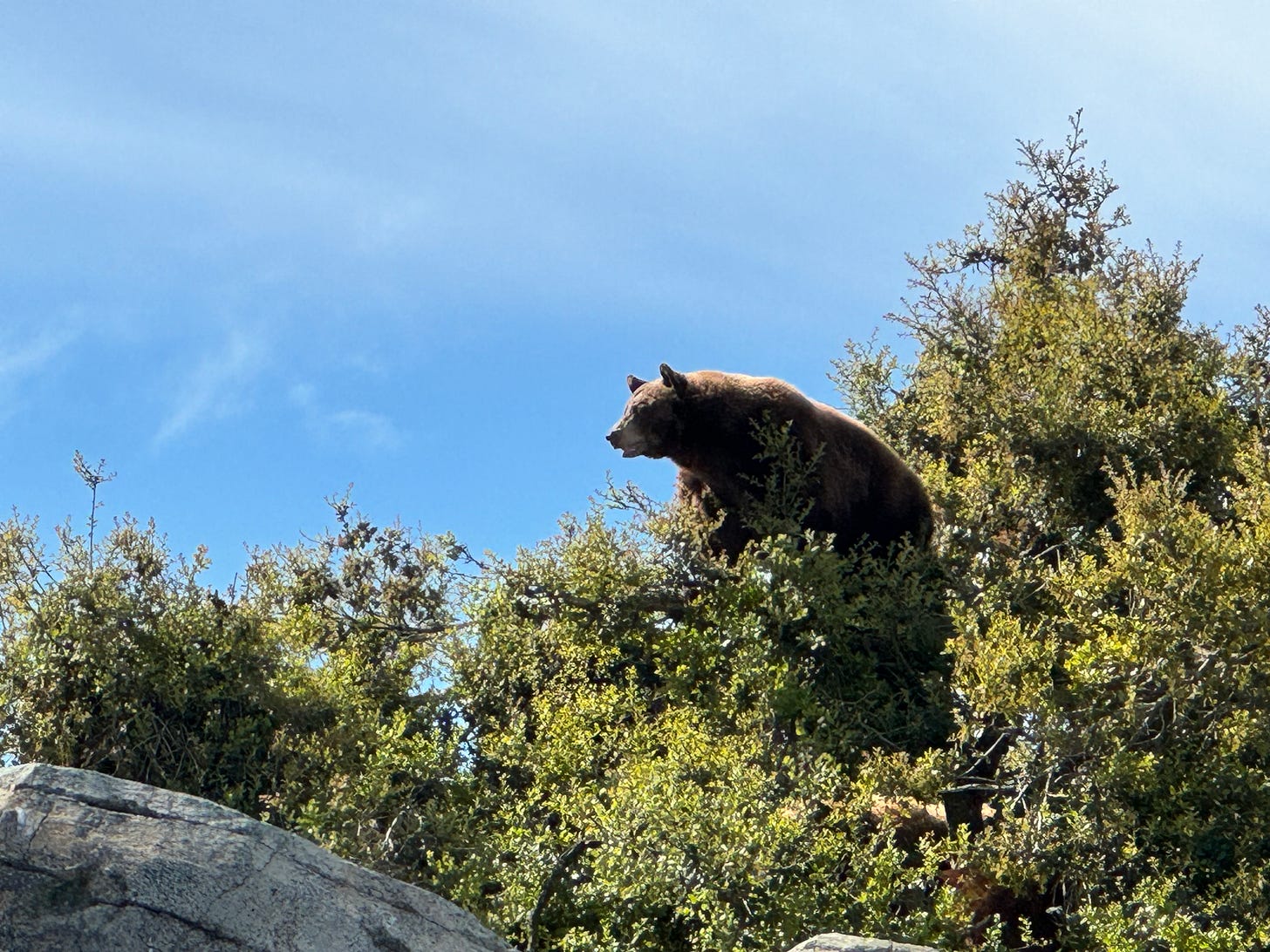
Let’s take a break from the chaos surrounding the SF Zoo and turn our attention to something far more inspiring: the Oakland Zoo and its parent nonprofit, the Conservation Society of California—and perhaps, the organization best positioned to transform the future of San Francisco’s zoo.
In a world where too many zoos 👀 still cling to outdated models—where animal welfare is too often sacrificed for photo ops, politics, or profit—the Oakland Zoo is doing something almost unheard of:
They’re leading with integrity.
Over the past several years, the Oakland Zoo has emerged as a national model for what a modern, ethical, and forward-thinking zoo should be. Not just in the way they care for animals, but in how they treat their staff, engage the public, and protect the planet.
They’re not perfect—and they don’t pretend to be. But they’re evolving. With intention. With transparency. With heart.
Real Conservation, Not Just Marketing
In 2025, the Oakland Zoo released a three-year Conservation Strategic Plan—a clear, action-focused roadmap for saving species and ecosystems. It doesn’t just live in a PDF on their website. It’s already in motion.
They're rescuing mountain lions from highways through their Bay Area Cougar Action Team. They’re partnering with Indigenous nations to rebuild bison herds on ancestral land. And they’re standing up to the illegal wildlife trade—providing urgent care to animals rescued from trafficking and exploitation.
These aren’t symbolic gestures. These are boots-on-the-ground partnerships, built around respect, science, and shared values.
A Landmark Decision for an Elephant—and the Future of Zoos
In 2024, the Oakland Zoo made one of the most compassionate decisions in its 100-year history: they sent Osh, their last African elephant, to a sanctuary in Tennessee. He had been alone. And elephants, as anyone who knows them will tell you, need companionship to thrive.
Rather than prioritize visitor dollars, they prioritized his life.
That kind of courage is rare in the zoo world—and it’s exactly what sets Oakland apart.
They worked with The Elephant Sanctuary. They didn’t make excuses. They made a promise: we can—and will—do better.
Big Habitats. Bigger Values.
The California Trail at the Oakland Zoo is a stunning example of what modern, ethical habitat design looks like. Spanning over 50 acres, this expansive series of exhibit recreates the diverse ecosystems of California’s wildlands, offering rescued native species—like black bears, mountain lions, bison, and condors—room to roam, climb, and behave as they would in nature. Many of the animals living here were rescued from wildfire zones, illegal captivity, or conflict with humans, and can no longer survive in the wild. Elevated boardwalks wind through rolling hills, giving visitors a sweeping view of animals living in large, enriched spaces that prioritize both physical and psychological wellbeing. These habitats aren't just bigger—they're smarter, designed with input from animal behavior experts to support natural instincts and reduce stress. It's a powerful reminder that when you give animals space, you also give them dignity.
Staff-Centered. Community-Focused. Fiercely Transparent.
With a budget of over $27 million, the Oakland Zoo isn’t just surviving—it’s thriving. Its financial model is built on a smart, sustainable mix of earned revenue, public support, and philanthropic investment. And every dollar is carefully directed toward what truly matters: animal care, conservation, education, and staff wellbeing. This is a zoo that puts its values into practice—not just in words, but in how it allocates its resources.
When delays in city funding threatened operations, the Oakland Zoo didn’t pull back. Instead, it expanded access: launching the “Bay to Zoo” pass for low-income families, guaranteeing 25% admission discounts for all Oakland residents, and maintaining free programming for underserved schools. While other institutions might have cut corners, Oakland doubled down on equity, inclusion, and public service.
And the numbers tell a clear story. In 2023, the Oakland Zoo managed a $27.3 million operating budget and held over $90 million in net assets—more than four times the reserves of the San Francisco Zoo. Its diversified revenue streams, including over $10 million in annual contributions, give it the flexibility and strength to invest deeply in both mission and infrastructure. By contrast, the SF Zoo remains heavily dependent on a $4 million annual management fee from the City, with a narrower margin and rising expenses year over year.
Oakland doesn’t just say “animals and people first.” They back it up—every single day.
A New Kind of Zoo—Rooted in Ethics, Built on Partnerships
The Oakland Zoo works hand-in-hand with wildlife nonprofits, animal rights orgs, Indigenous communities, and government agencies. Groups like PETA, The Elephant Sanctuary, and countless conservation biologists have found common ground here.
Because this is not a zoo that sees animals as entertainment.
This is a zoo that sees them as sentient beings. As neighbors. As part of something bigger than ourselves.
They’re redefining what it means to operate a zoo in the 21st century—not by clinging to the past, but by building something bolder.
If you want to know what a zoo can be when it’s rooted in empathy, led by professionals, and accountable to the public—go to Oakland.
They’re already doing the hard work.
Oakland Zoo is the future.
